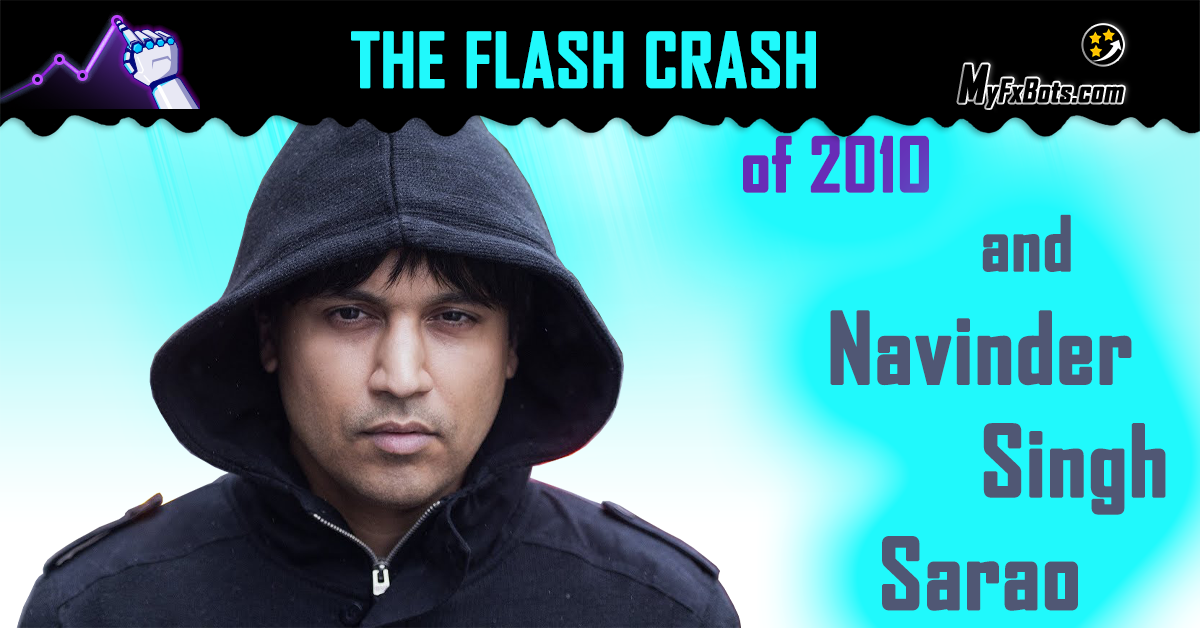The flash crash of 2010 was a significant event that occurred in the stock market, resulting in a massive decline in share prices that lasted only for a few minutes. One of the key figures involved in the flash crash was Navinder Singh Sarao, a London-based trader who was accused of playing a role in the crash through his algorithmic trading.
The flash crash of 2010
On May 6, 2010, the stock market experienced a sudden and inexplicable decline in share prices. The Dow Jones Industrial Average (DJIA), which tracks the performance of 30 major companies in the United States, fell by more than 600 points in just a few minutes. This event, known as the flash crash, sent shockwaves through the financial industry and raised concerns about the stability of the stock market.
The role of Navinder Singh Sarao
Navinder Singh Sarao, a 36-year-old trader, was accused of playing a role in the flash crash. Sarao ran a high-frequency trading firm called Nav Sarao Futures Limited, which employed algorithmic trading strategies to place large trades in the market. These strategies allowed Sarao's firm to make quick profits by taking advantage of small price movements.
On the day of the flash crash, Sarao's firm executed a series of trades that created a surge in the volume of certain stocks, including E-Mini S&P 500 futures. This increase in trading activity may have contributed to the panic and sell-off that occurred during the crash.
Sarao's legal troubles
In the aftermath of the flash crash, investigations were launched to determine the cause of the crash and to identify any individuals or entities involved. Sarao was charged by the United States Department of Justice with wire fraud, market manipulation, and spoofing, a practice in which a trader places buy or sell orders in the market with the intent of cancelling them before execution.
Sarao pleaded not guilty to the charges and argued that his actions were not the cause of the flash crash. However, in 2015, he was convicted of market manipulation and was sentenced to 51 months in prison.
Lessons learned from the flash crash
The flash crash of 2010 highlighted several vulnerabilities in the stock market and the need for enhanced safeguards to prevent similar events in the future. The crash raised questions about the role of algorithmic trading and the potential risks it posed to the stability of the market.
In response, regulatory authorities implemented measures such as circuit breakers, which temporarily halt trading when stock prices reach certain levels, and circuit breakers that trigger additional scrutiny and reporting requirements for large trades. These measures are intended to prevent sudden and unexplained movements in the market and to provide traders with clearer information about market behavior.
Conclusion
The flash crash of 2010 was a significant event that brought attention to the role of algorithmic trading and the potential for market manipulation. Navinder Singh Sarao's involvement further highlighted the need for robust regulations and enforcement to prevent such events from occurring in the future. The incident serves as a reminder of the importance of maintaining transparency and ensuring fair practices in the stock market.


































